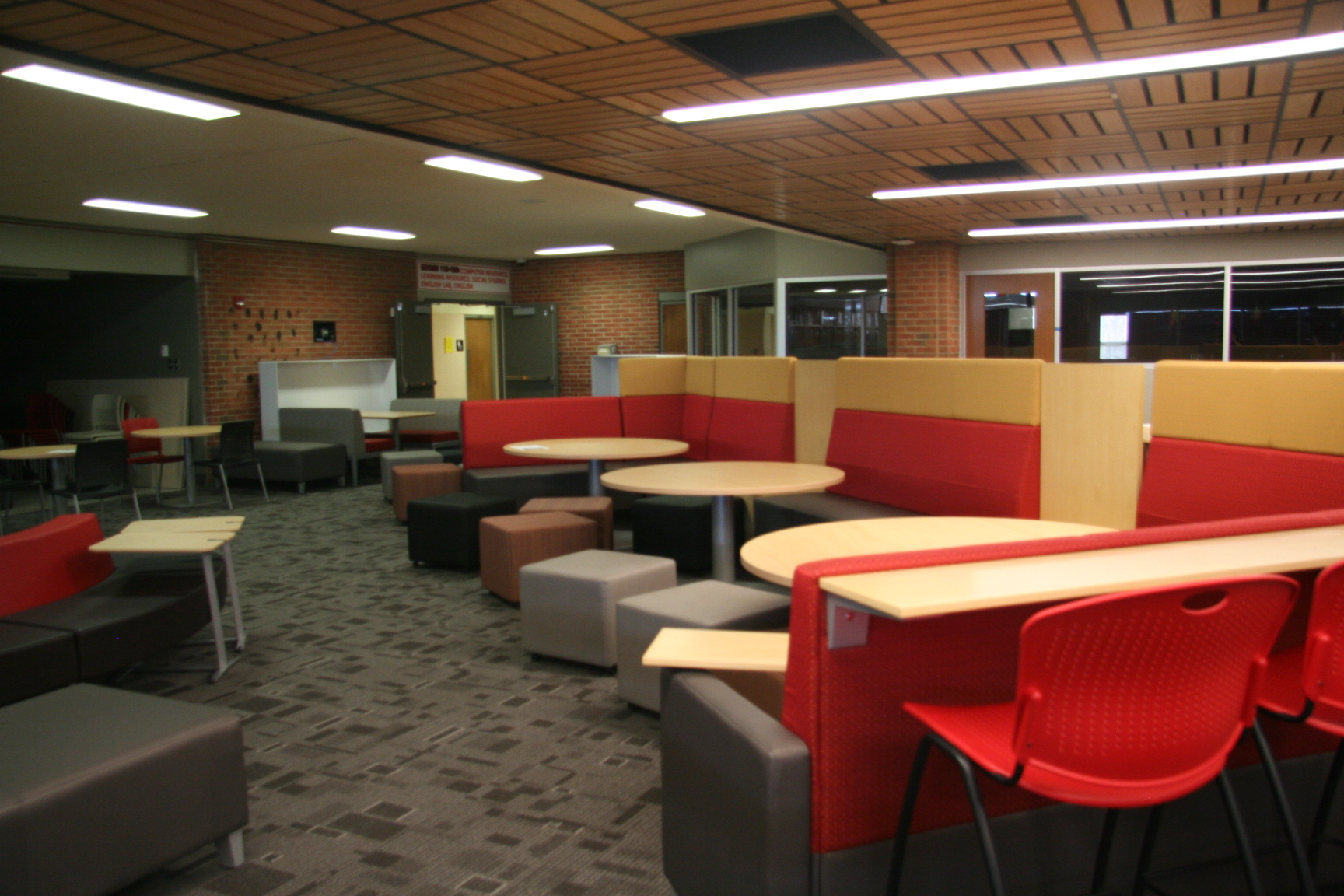

The 15 schools that make up this ranking were chosen based on total points awarded during the selection process.

$15,001 and above – 1 Point Student/Faculty Ratio: Tuition is calculated annually at 15 credit hours per semester. From there, every school was independently analyzed and awarded points based on the following factors: Tuition 25 schools were initially identified as qualifying for a spot on the ranking. The base list of schools that were considered for this ranking was compiled utilizing the College Navigator database, which is available through the National Center for Education Statistics Website, and searching for undergraduate programs in the field. This ranking was created specifically to showcase the best affordable Bachelor’s in Architecture and Environmental Design programs available. Expensive programs are out of reach for most students, so affordable options are highly sought after. A big factor that determines where a student applies is still cost.
#Architect schools in indiana professional
The architectural and environmental design programs outlined in this ranking are all high-quality and most of them carry at least one professional accreditation. Students can choose to specialize at the undergraduate level or leave room for specialization at the graduate level. Pre-professional and first professional degrees available in both areas. All 53 schools on this list are AD-approved read on to decide for yourself which campus should be crowned the coolest.As the understanding of the relationship between architecture, technology and the environment grows, more students are seeking out Bachelor’s in Architecture and Environmental Design programs. However, a modernist devotee may push back and say Florida Southern College is the coolest-not just because of the 13 beautiful Frank Lloyd Wright–designed buildings on the ground, but because it’s the site with the highest volume of Wright structures in one place. All new constructions on campus are built to meet LEED™ silver requirements, and older ones have been renovated where appropriate to conserve energy. Perhaps the award should go to Mount Holyoke with its strong focus on sustainability. Though all of these schools are beautiful, for a college campus to be considered the coolest, we think it has to transcend aesthetics alone. For this collection, AD looked for college campuses that have an aesthetic vision, whether that’s a unified look-like the Georgian-style buildings and structures found across Baylor University in Texas-or a well-thought-out mix of aesthetics-like the modernist marvels that perfectly balance out the the large number of collegiate-gothic style buildings at Yale University. While most universities have gone on to include incredible modern builds by 20th-century starchitects (Eero Saarinen’s Ingalls Rink at Yale, anyone?), they’ve also worked hard to maintain their visual legacies. Campuses also had elegant landscape design, whether well-manicured quads or more natural woodland. During the late 19th and early 20th centuries, higher education institutions started to feature beautiful unified styles-oftentimes of the Collegiate Gothic movement, which drew from historic English buildings, but also the Federal, neoclassical, and even Romanesque movements. The United States, in particular, has an immense collection of colleges with impressive dorms, academic facilities, and other stately structures. To that end, AD recently scoured the country to find the prettiest college campuses in the United States, taking into consideration both architectural legacy and setting. Like a well-styled outfit, from the entry arches to academic halls and manicured lawns, everything on these grounds works in harmony to create a place as beautiful as it is educational. Many schools have beautiful elements-like immaculate dining halls, otherworldly dorms, or jaw-dropping libraries-but the schools on the following list stun across the board. And though many are impressive, only some can be considered the prettiest college campuses in the United States. With their vast collections of buildings, it’s no wonder that universities are architectural gems.


 0 kommentar(er)
0 kommentar(er)
